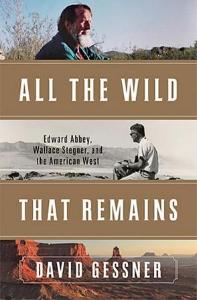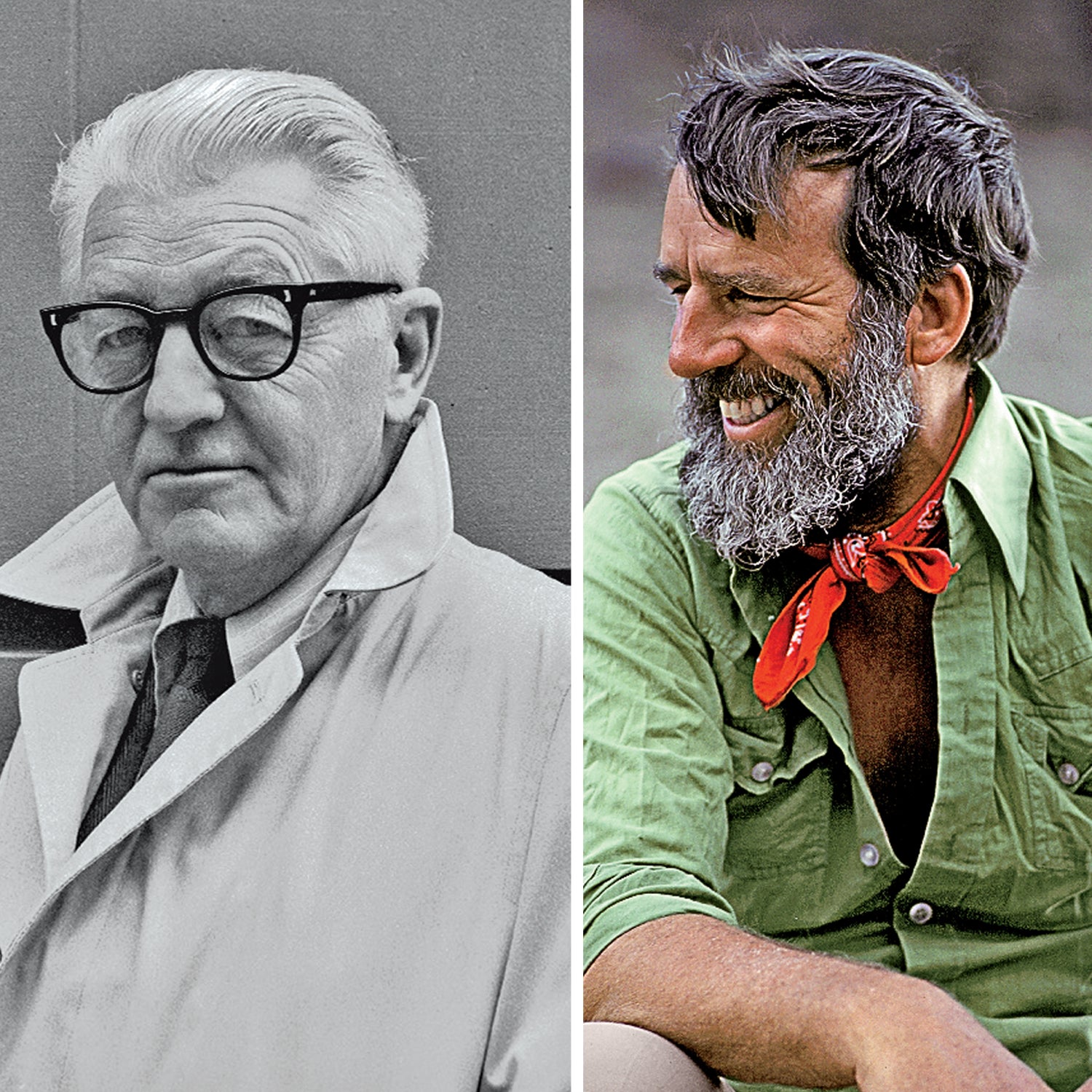Released in April, David Gessner’s ($27, W. W. Norton) is a biography of two of the West’s most iconic authors. At least, it’s primarily biography; it’s also a travelogue in which Gessner, a thoughtful and irreverent essayist, traces the two men’s lives as they headed west across the country.

He begins in the east, visiting Vermont, the setting of Stegner’s last novel, , and Home, Pennsylvania, where Abbey was raised “without flush toilets, with a gun sometimes in hand, and with an intimacy with animals both wild and tame.” In the early going, much of what Gessner learns fits in with what we already think: Stegner the restrained writer and Stanford professor; Abbey the wild man of conservation with a running FBI file.
But those conceptions begin to change as Gessner makes his way west and discovers that Stegner, who lobbied to pass the Wilderness Act and save Dinosaur National Monument from flooding, was more radical than many believe. “Having witnessed the failure of a thousand rugged individualists, his father among them,” writes Gessner, “he came to believe in community,” predating the counterculture’s adoption of the idea in the 1960s. By contrast, Gessner begins to think that Abbey, “for all his own forays into monkeywrenching and protest,” wasn’t always radical so much as selfish. “Some of Abbey’s bad personal behavior was brave. But some was simply bad.”
These revelations, and Gessner’s subtle humor, make for an absorbing read. Abbey’s and Stegner’s lives, Gessner says, “are creative possibilities for living a life both good and wild.” That’s something many in the West still seek—and what makes this book such a great read for anyone living there.
A Book That Comes with Its Own Music

The book: Christian Kiefer’s ($26, Liveright) follows former criminal Bill, who lives a peaceful life managing a wildlife sanctuary in Idaho, until he’s confronted by his past.
The soundtrack: , an LP and expanded download of ghostly Americana produced by Kiefer—a talented musician who has played with Califone and Bill Callahan—to accompany the book. $20.


